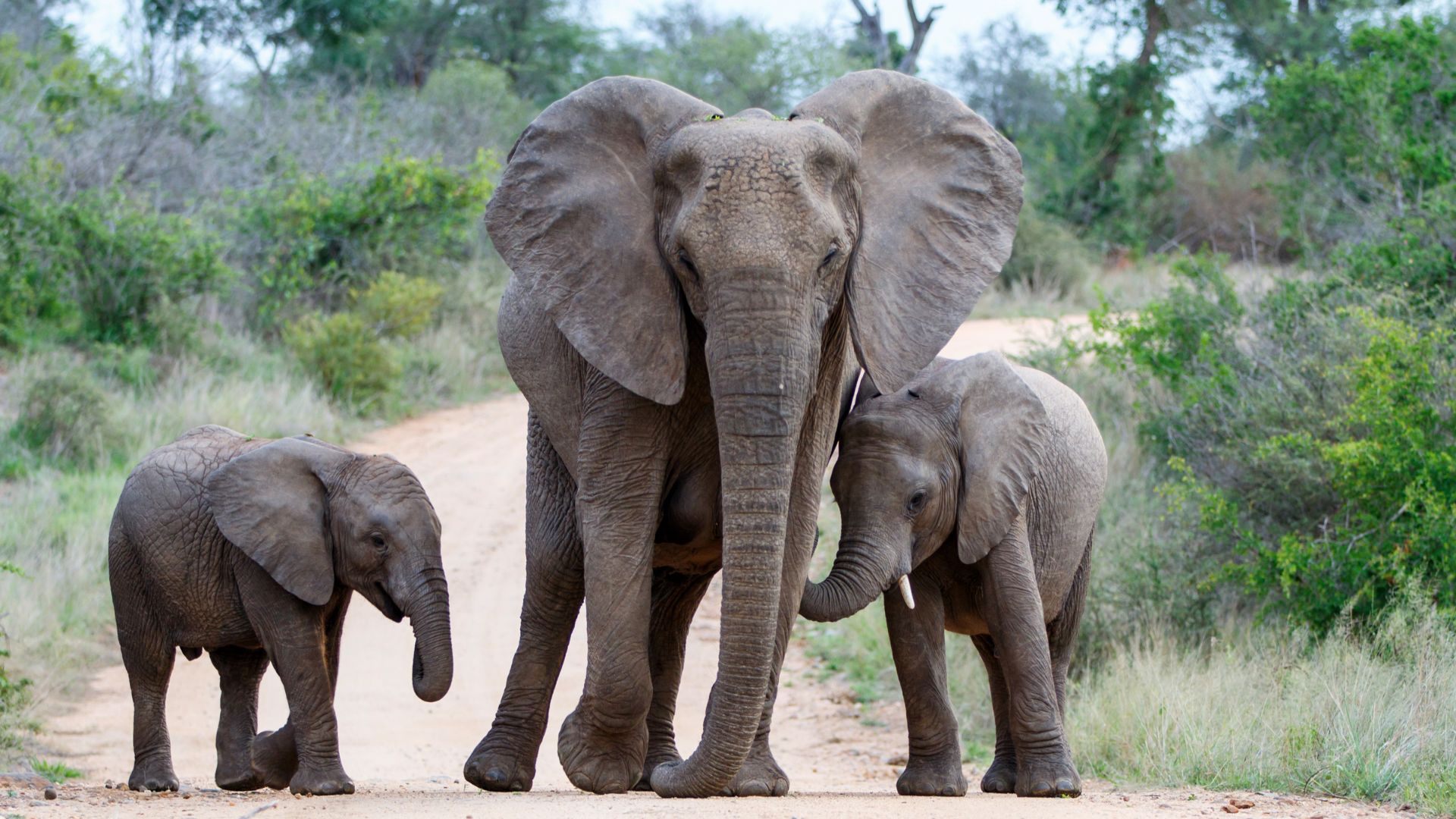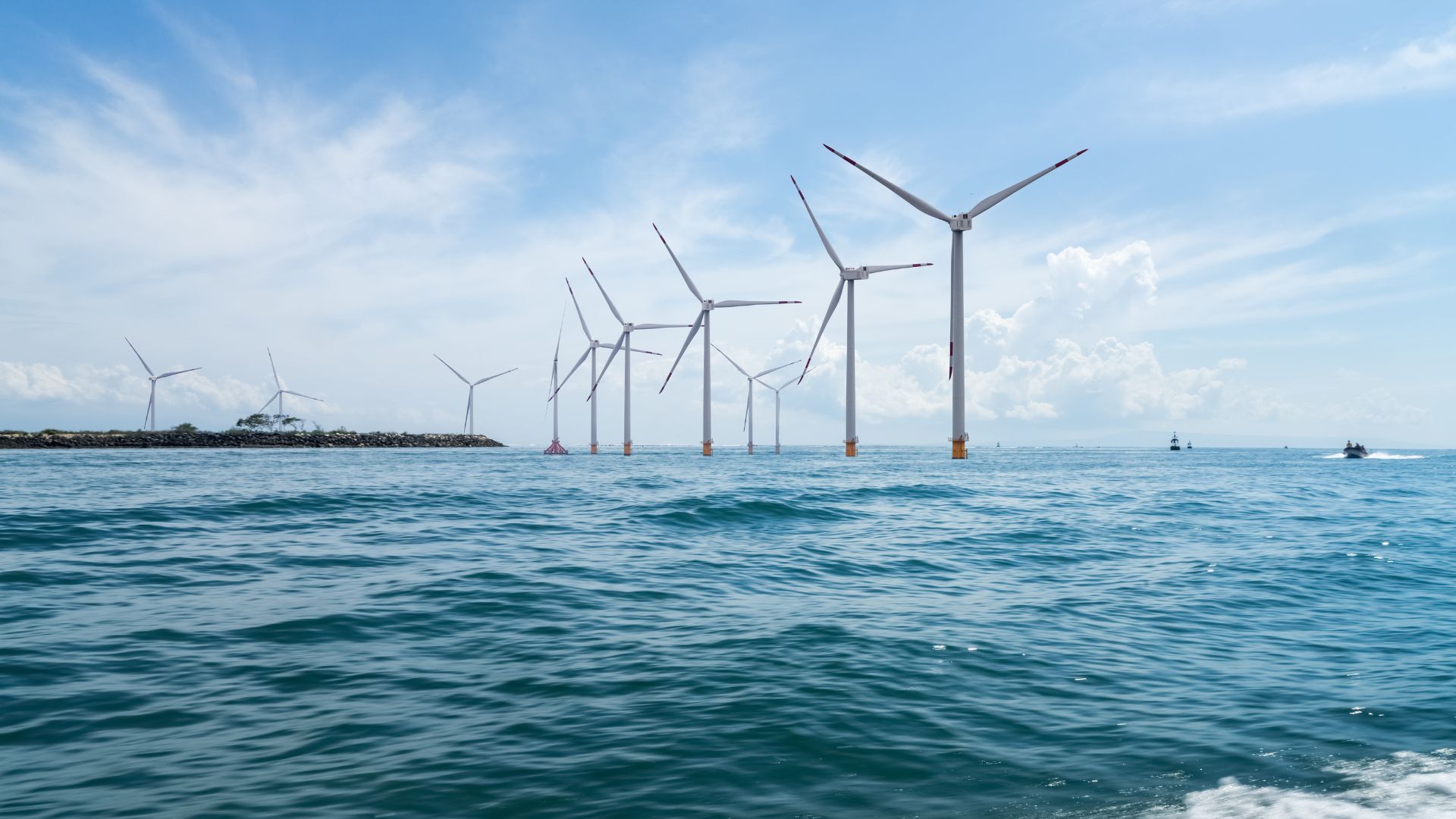This week’s good climate news - Dec 9, 2022
With so much still to do to slow warming and avoid the worst impacts of climate change, it’s important to fortify ourselves by celebrating wins along the way.

Massive increase in renewables worldwide
A new International Energy Agency report indicates the world is set to add as much renewable energy in the next 5 years as it did in the previous 20 years. Rapidly scaling up clean energy is crucial to limiting global warming to 1.5°C.
This projected growth is 30% higher than what was expected just a year ago and represents a historic turning point toward renewable energy.

Forest Service branching out to electric vehicles
In the first-ever use of electric vehicles in a natural resources field setting, the U.S. Forest Service is testing three Ford F-150 Lightnings to help implement a national strategy for electrifying their fleet.
The effort will allow the USFS to meet federal standards that require light duty vehicles acquired by U.S. agencies to be zero-emission by 2027 and all other vehicles be zero-emission by 2035.

UN biodiversity conference begins in Canada
COP15 kicked off in Montreal on Dec. 7. Almost 190 countries will gather over the next two weeks at the U.N. Biodiversity Conference to finalize protections for 30% of global land and marine areas by 2030 and boost funding for conservation.
One goal coming out of the conference is to raise $200 billion by 2030 for conservation efforts.

Silent e-bikes become newest weapon to fight poaching
Park rangers in Mozambique now have a secret weapon to protect the world’s most endangered species while reducing emissions: off-road e-bikes. These nearly silent, stealthy and environmentally-friendly bikes allow park rangers to limit poaching attempts without being heard.
Solar-powered charging points allow rangers to track poachers in the bush for weeks.

The next West Coast/East Coast rivalry will be offshore wind farms
The U.S. West Coast’s first offshore wind auction brought in $757.1 million and was a huge success. Five companies can now develop 4.6 gigawatts of offshore wind capacity — the equivalent of powering 1.5 million homes.
This will help drive the goal of 30 gigawatts of offshore wind capacity by 2030. Your move, East Coast.










